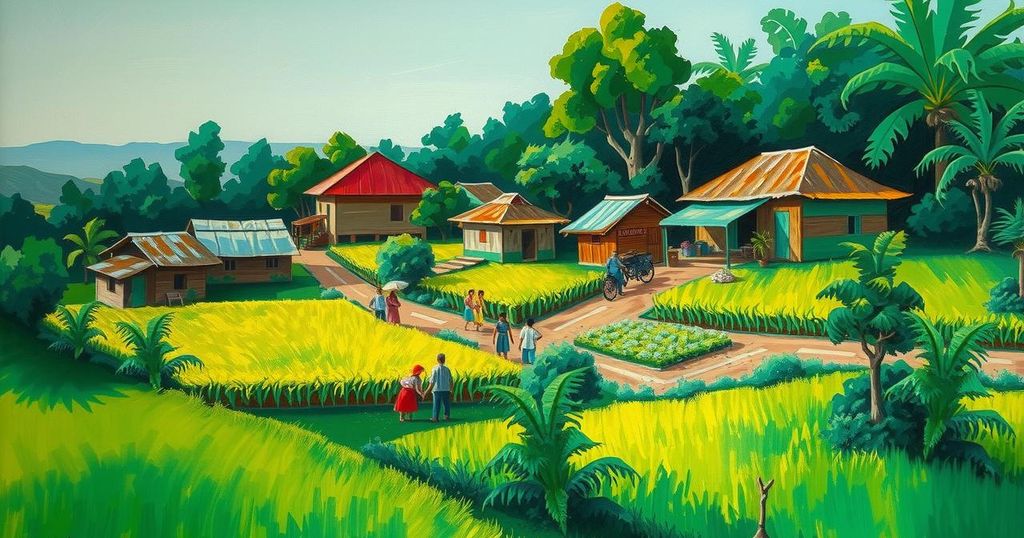New Insights into How Weather Influences the Spread of Dengue Fever
A study by Professor Kim Jae Kyoung at KAIST identifies temperature and rainfall as key drivers of dengue fever’s global spread. This research employs a novel causal inference framework to analyze the effects of weather on dengue dynamics across regions in the Philippines, highlighting the significant impact of dry season length on mosquito breeding and transmission. The findings aim to improve public health strategies for dengue control.
Recent research led by Professor Kim Jae Kyoung at KAIST has revealed significant findings regarding the influence of weather on the spread of dengue fever. The study emphasizes temperature and rainfall as crucial elements in the global rise of dengue cases and suggests effective strategies for minimizing the disease’s effects.
Dengue fever, transmitted by mosquitoes, poses a growing public health issue. Per the World Health Organization, reported cases increased dramatically from 4.1 million in 2023 to over 10.6 million in 2024 across North and South America, marking a peak in global case counts. While climatic factors are acknowledged as contributors to this rise, their intricate interactions with dengue transmission remain poorly understood, with previous research yielding conflicting results.
The IBS research team proposed that traditional linear methods might have limitations that led to these discrepancies. They employed an innovative causal inference framework known as GOBI (General ODE-Based Inference), developed in 2023, which allows for a detailed examination of the non-linear relationships between weather variables and dengue cases.
Focusing on 16 regions in the Philippines, characterized by diverse climates, the team explored how temperature and rainfall interact to influence dengue dynamics. They found clear patterns, indicating that rising temperatures tend to increase dengue incidence, whereas rainfall’s effects varied regionally; it exacerbated dengue in eastern areas but suppressed it in the west.
An essential factor identified was the variability in dry season length, which significantly influenced how rainfall impacted dengue transmission. In areas with little variation, rain helped diminish mosquito breeding sites by flushing stagnant water. Conversely, regions with high variability faced heightened mosquito populations due to sporadic rainfall, leading to increased dengue cases.
This study introduces the critical role of dry season length, previously overlooked, in shaping dengue dynamics. As first author Olive R. Cawiding stated, “Our findings provide robust evidence for how climatic factors influence dengue transmission in diverse environments.”
The research findings offer immediate implications for improving dengue control strategies. In regions with low dry season variation, public health efforts may be scaled down during the rainy season, allowing for resource reallocation. However, sustained intervention is essential in areas with fluctuating dry seasons to combat breeding conditions created by sporadic rainfall.
This comprehensive study marks a significant advancement in understanding the interplay between climatic conditions and dengue fever transmission. It highlights the paramount importance of taking into account non-linear relationships and the role of specific factors such as dry season length when developing strategies to combat mosquito-borne diseases. Future research with more granular data may further refine these insights and enhance public health responses to dengue outbreaks.
Original Source: www.technologynetworks.com




Post Comment